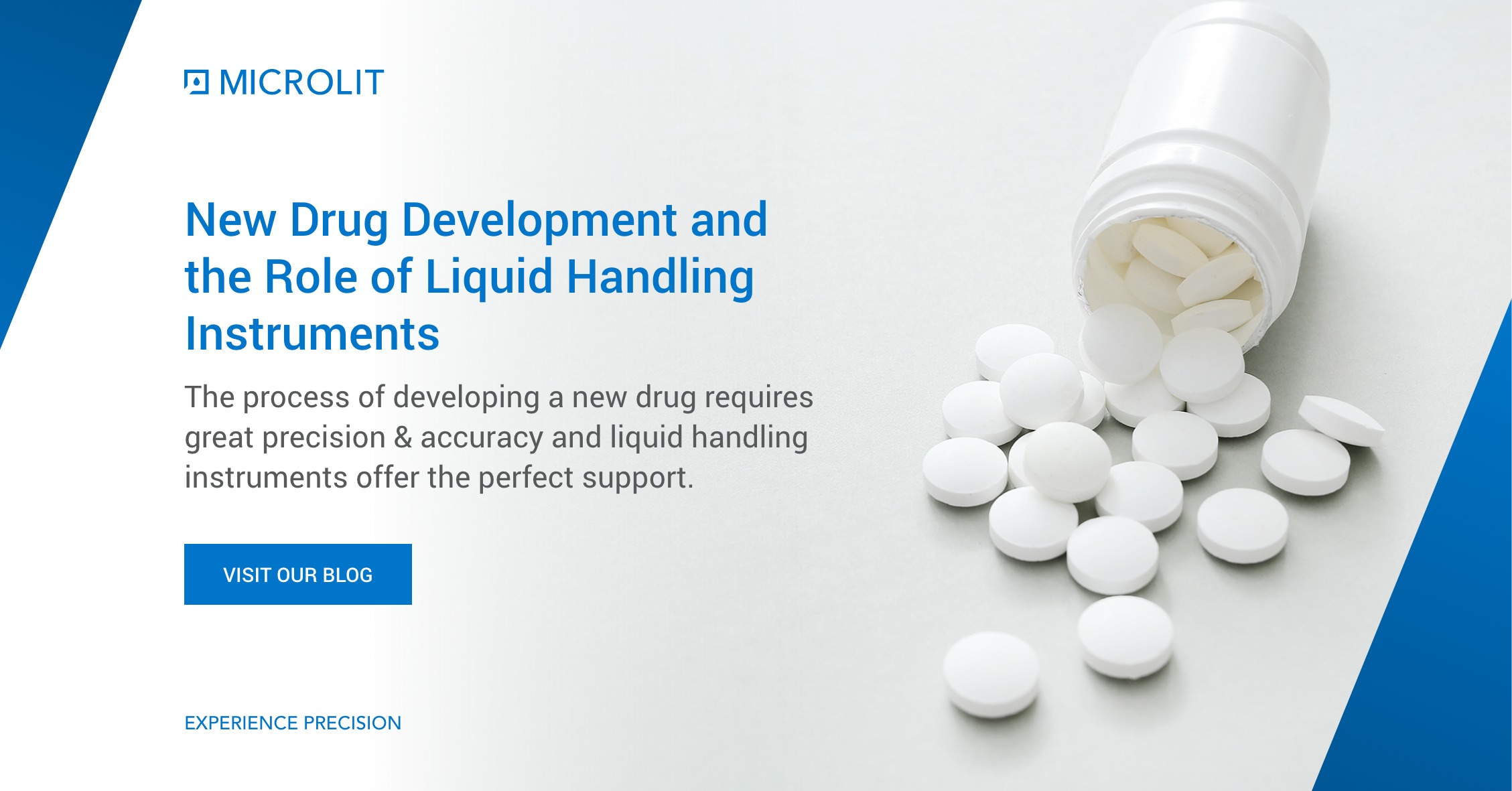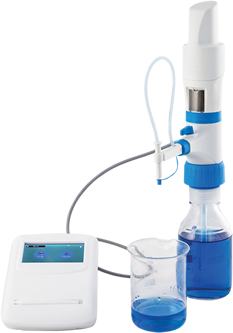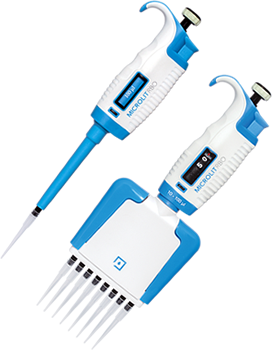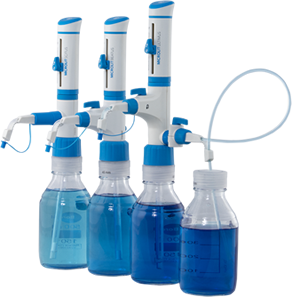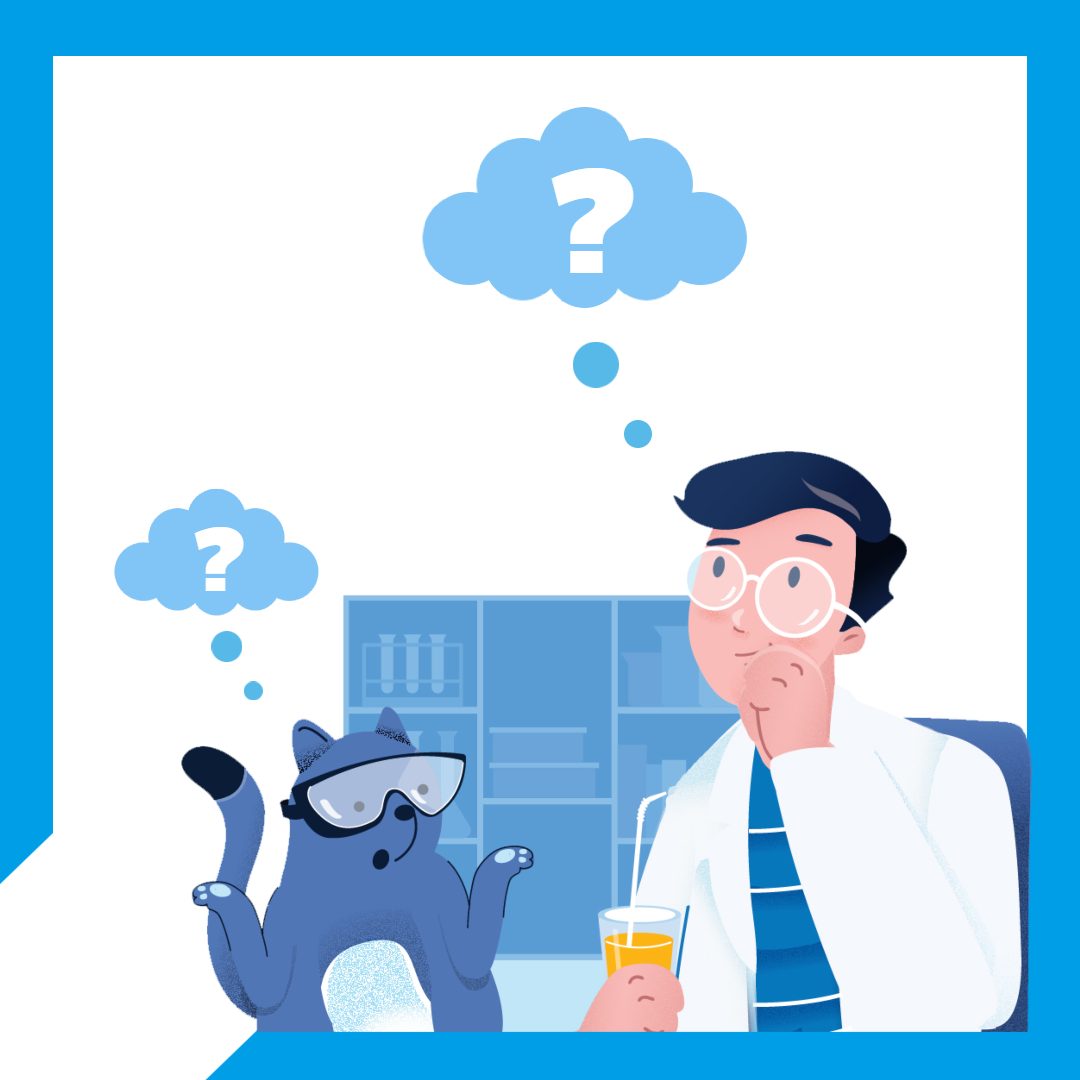The past few years have seen an upward rise in the number of novel diseases. It has put human life at risk and jeopardized the working of the world in several ways. More recently, COVID-19 caused by SARS-CoV-2 has disrupted our way of living.
New diseases make the development of new drugs extremely essential and important. It’s a meticulous task requiring a lot of diligence, skill and research. Let’s take a look at the process in more detail.
Developing new drugs
 |
Shown above: Five key stages of new drug development
There are five key stages to developing a new drug:
- The first one is the discovery and the development stage. Here, the groundwork for the new drug is laid out. Extensive and exhaustive research is done followed by several intensive tests of the molecular compounds.
- The next step is Preclinical Research, where the new drug undergoes several lab tests. These tests are performed to gauge the safety and efficacy of the drug.
- Once the results from the Preclinical Research are assessed to be favorable, the drug development process moves to the next step – The Clinical Research. Here, the drugs are tested on a random population and their effects observed. This is done to further strengthen the claim of safety and effectiveness.
- Once a satisfactory amount of data has been collected through the preclinical and clinical research steps, the new drug being developed undergoes a Drug Review. The designated team thoroughly examines the data submitted by the company responsible for the development of the drug and decides whether the drug should be approved for usage or not.
- Finally, even when the drug is approved for mass usage and is being sold in the market, it is still monitored by a designated team of professionals under Post-market Drug Safety Monitoring.
Benefits of using liquid handling instruments in new drug development
The process of drug development is a task requiring extreme precision. It is crucial to negate the possibility of error altogether. This can be achieved by using the right kind of instruments and apparatus.
Liquid handling equipment satisfies these prerequisites. The ones used for the development of a drug can vary from a basic pipet to a complex workstation. The more appropriate and effective liquid handling equipment for drug development include micropipettes, pipets, dispensers and burettes. These are vital because:
- Liquid handling instruments offer high flexibility. They can be used in a variety of applications – pipetting, transferring, diluting, dosing, or dispensing – and can help in the transportation of cells, proteins, oligonucleotides or other biological components. This high flexibility is facilitated by the equipment’s throughput, capacity and dynamic volume range.
- Previously, in the absence of the right technologies, liquid handling instruments were proving to be ineffective in bringing down the cost of quality control processes. However, advanced liquid handling instruments can easily facilitate the swift and repeatable assessment of the accuracy and precision of the volumes dispensed.
- Owing to their sophisticated functionality and high precision capability, these instruments ensure that clinical research results are more reliable and accurate and false-positive* and false-negative* results are minimized.
*Significance of false-positive and false-negative results
False-positives: They are not fatal to the drug discovery process, but decrease efficiency, causing researchers to waste time and resources chasing dead ends. Reducing the number of false positives pursued through the drug discovery process can decrease the number of retests, minimise reagent loss and maximise staff and equipment utilisation.
False-negatives: Dispensing reagents in volumes inaccurate by even minuscule amounts, especially in complex serial dilution assays, can alter the concentration and prevent the identification of a reaction between compounds that are the foundation for a new drug. It is impossible to estimate the value of lost revenue from this type of error, but generally, this amount can sometimes run into billions of dollars.
Instrument-wise applications
1. Single Channel Micropipettes
| They are used to dispense a fixed volume of a reagent in the microlitre range into a vial, test tube, petri dish or beaker. For instance, transferring samples related to cell culture, molecular biology, microbiology, immunology, genetics and more. Explore Microlit Single Channel Micropipettes. |
2. Multi-channel Micropipettes
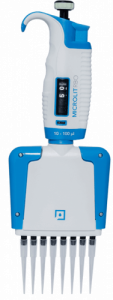 |
Dispensing fixed volume of a reagent in the microlitre range into assay plates, ELISA trays, 96 well plates – all this comes in the purview of a multi-channel micropipette. For example, they are used in ELISA (diagnostic test), molecular screening, kinetic studies, DNA amplification, etc. Explore Microlit Multi-channel Micropipettes. |
3. Bottle Top Dispensers
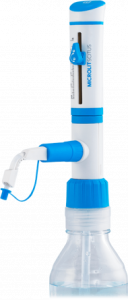 |
They are essentially used in dispensing fixed volume of a reagent in the millilitre range into a beaker, flask or test tube. They are used for sampling and analysing Active Pharmaceutical Ingredients (APIs), impurities, excipients, etc. Explore Microlit Bottle Top Dispensers. |
4. Burettes
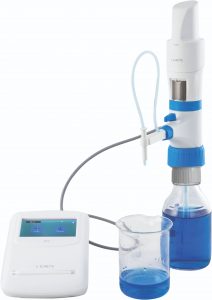 |
Their major application is performing titration by adding the titrant (solution of known concentration) to the analyte (the second solution) contained in a titration flask. Burettes can be used with the most common titration solutions (max. 1 mol/l), such as sodium hydroxide, hydrochloric acid or iodine-potassium iodide solution. Explore Microlit E-Burette. |
On a concluding note
The role of liquid handling instruments is not just important to the development of a new drug but also essential to the process. With the rapidly burgeoning pharmaceutical and related industries, their uses and significance are swiftly increasing as well.
Microlit has been a trusted and reliable partner to several top pharmaceutical companies, helping them make the world a healthier place, one drug at a time.
To know more about our products or buy them, please write to info-usa@microlit.com.
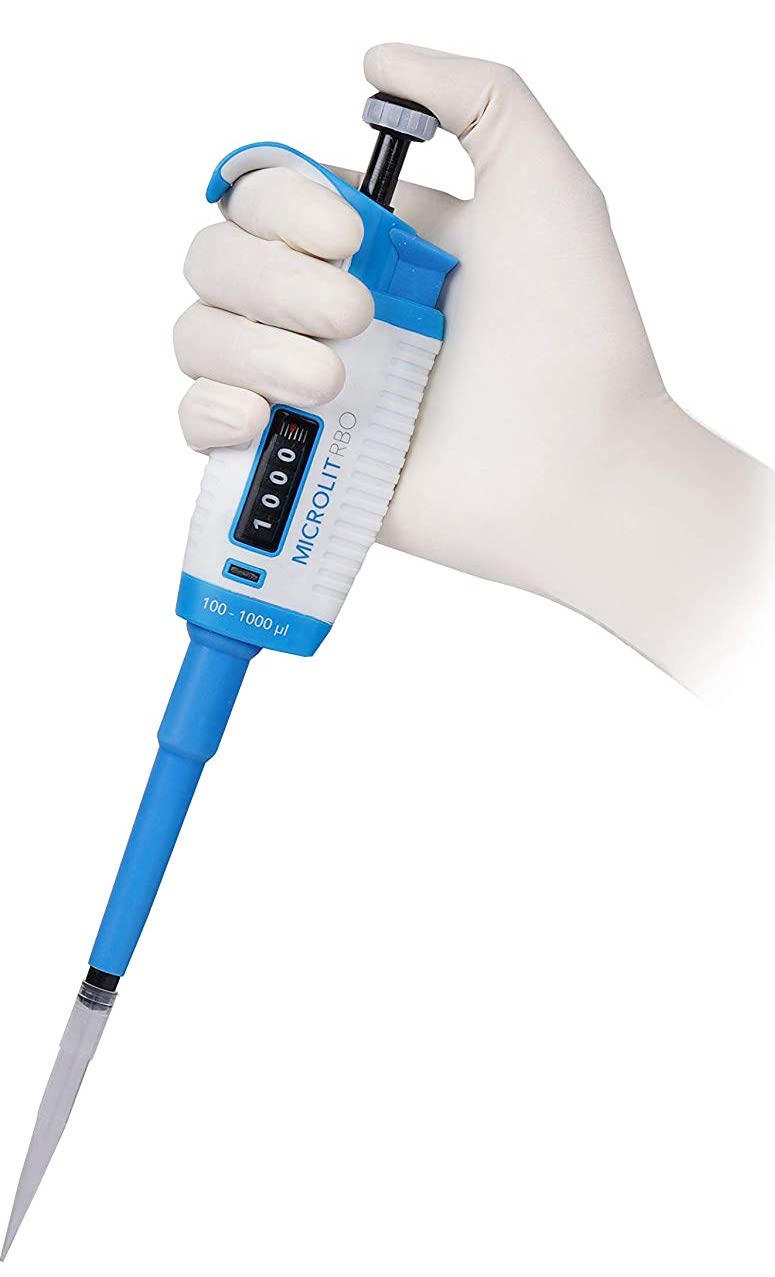





 6536
6536